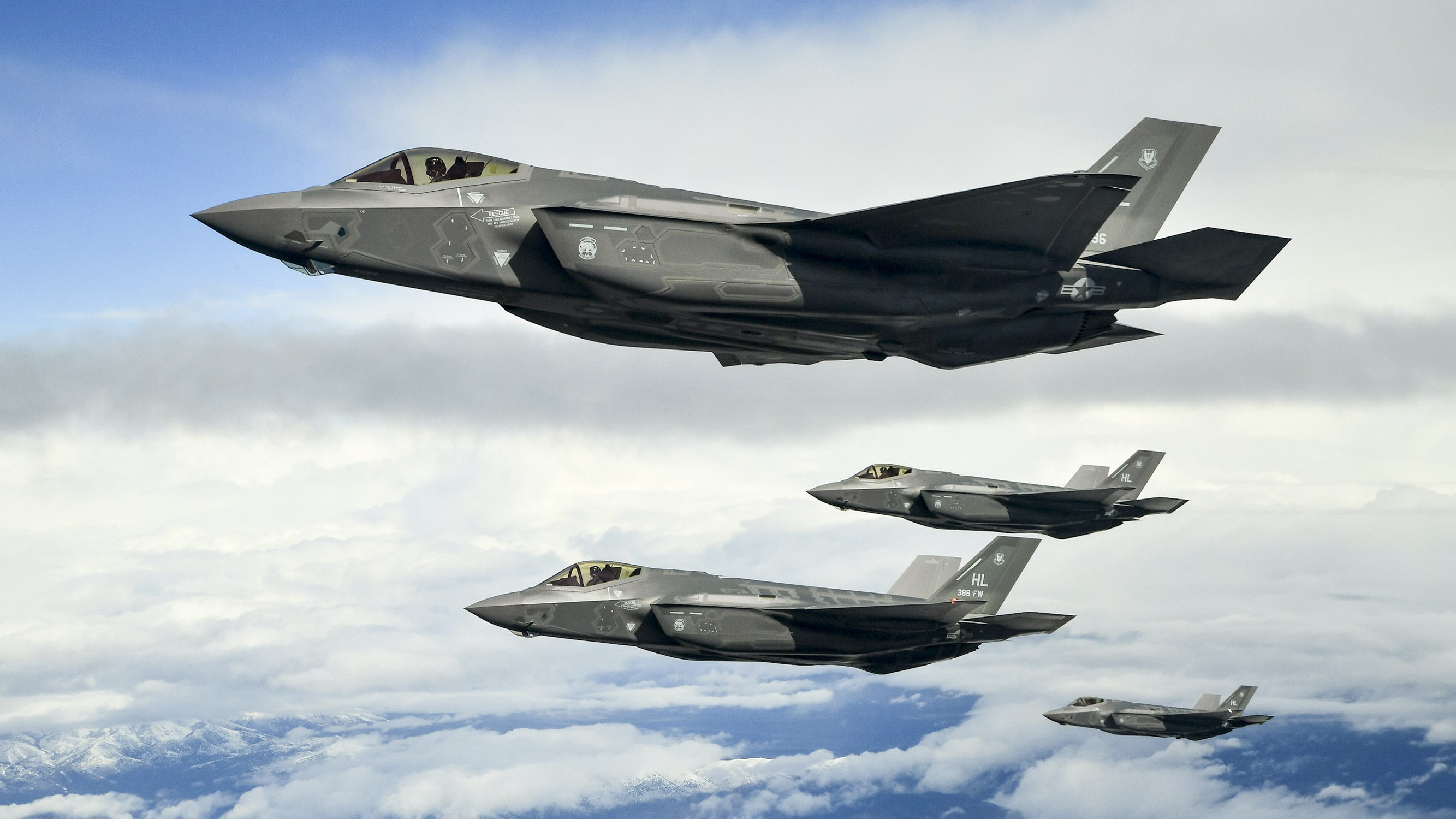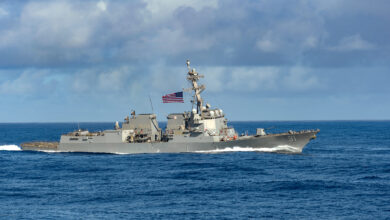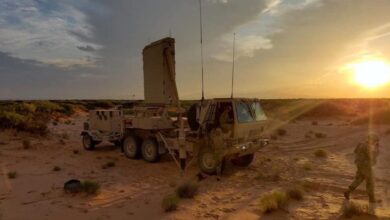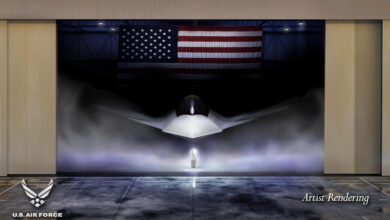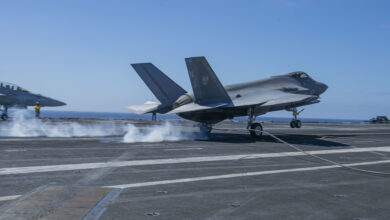The United States has pitched 34 F-35A joint strike fighters for an estimated $6.53 billion in the competition to replace Belgium’s F-16s, according to a Defense Security Cooperation Agency press release.
Belgium has requested 34 conventional takeoff and landing F-35As, along with 38 engines, and a Full Mission Trainer, the release said.
The notification to the U.S. Congress specifies Block 3 aircraft. Block 4 is scheduled to roll out at the beginning of the 2020s.
The DSCA release said “Electronic Warfare Systems; Command, Control, Communications, Computer and Intelligence/Communications, Navigational, and Identification (C4I/CNI); Autonomic Logistics Global Support System (ALGS); Autonomic Logistics Information System (ALIS),” are also included, as well as weapons employment capability and other systems, F-35 unique infrared flares, a reprogramming center, performance-based logistics, software development/integration, and training, along with other support equipment and services.
“This proposed sale of F-35s will provide Belgium with a credible defense capability to deter aggression in the region and ensure interoperability with U.S. forces,” the release added, saying the F-35s would enhance Belgium’s “air-to-air and air-to-ground self-defense capability.”
The prime contractors will be Lockheed Martin for the aircraft and Pratt & Whitney for the engines. The F-35 is crucial for Lockheed – it currently accounts for around a quarter of its total revenue.
“If the proposal is accepted, it is expected that offset agreements will be required,” the release added.

A controversial competition
The competition to replace Belgium’s F-16s has been a long and at times controversial one, with many commentators saying the contest is skewed towards the F-35.
Belgium will retire its F-16s in the mid- to late 2020s and wants deliveries of successor aircraft to begin by the end of 2022, and full capability by 2029. The new aircraft – to be purchased in a government-to-government deal – will be chosen this year.
In 2015, Belgium requested information about five aircraft – Lockheed Martin F-35; Boeing F/A-18 Super Hornet; Eurofighter Typhoon; Dassault Rafale; and Saab Gripen – to enable the defense ministry to make a recommendation to the government.
Some argued that the ability to drop the American B-61 nuclear gravity bomb, which was included in the RFP, skewed the competition to the F-35A, the only aircraft of the five that can deploy the weapon.
Others said that the decision will be based on which of its neighbors it wants to align more closely to – the Netherlands has ordered the F-35, while France fields the Rafale. Other Belgian allies in Europe procuring the F-35 include Norway, Britain, Italy and Denmark, as well as Turkey, and initial deliveries have begun. Germany is considering the F-35 as a replacement its Tornados.
In 2016, a Belgian politician claimed the words “new generation fighters” in the RFP meant that only the F-35 could win, a claim denied by the government.
In April 2017, Boeing withdrew from the competition, saying that it did not see “an opportunity to compete on a truly level playing field with the extremely capable and cost-effective F/A-18 Super Hornet.”
Three months later, Sweden withdrew the Saab Gripen E from the competition. Stockholm said the Gripen is “fully meets the operational requirements in the Belgian request for proposal” but that “Belgium is also seeking extensive operational support from the delivering nation. This would require a Swedish foreign policy and political mandate that does not exist today. Therefore, Sweden and the FMV choose not to submit an answer to the Belgian request.”
Germany eyes F-35 for Tornado replacement as Airbus unveils New Fighter concept

